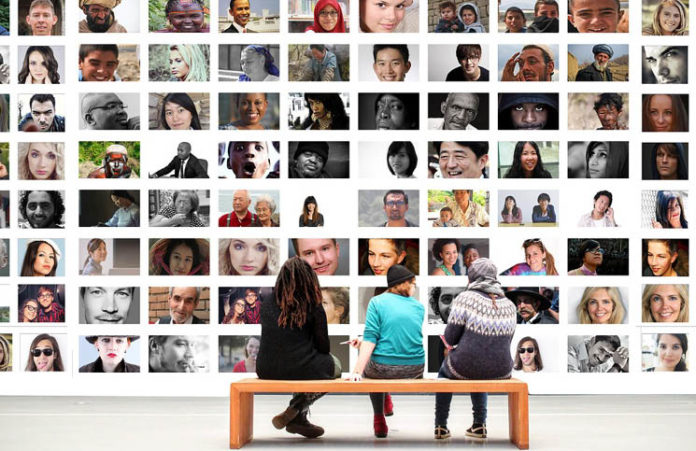
We are in the midst of the most extraordinary change since the Industrial Revolution.
Technology is increasingly playing a central role to enhance the consumer’s experience, and fundamentally altering the way we travel, shop and engage with service providers. One of the effects of rapidly developing technology is the expectation customers place on businesses to engage, communicate and service them immediately.
“The landscape for Business isn’t changing because of social media, its changing because consumer expectations are evolving.” – Brian Solis.
We live in a 24/7 world. Information is accessed and connections are made in devices we carry around in our pockets. Consumers are used to getting what they want, when they want it. This kind of dependency results in a “right now” mindset that seems unlikely to change.
As the Millennial generation becomes more powerful in the marketplace the “I want it all, I want it now” stereotype may sound familiar. But, it distracts from the more relevant millennial desire – they’re seeking experiences over material possessions.
It stands to reason, then, that the best way for brands to generate loyalty in a “post-sale, on-demand, attention economy” is to understand the changing expectations of today’s consumer:
Customers expect a personalised shopping experience (66% of consumers say they’re likely to switch brands if they feel treated like a number, not a human); Customers expect immediate, responsive service (With new consumer expectations being set by companies that disrupted their respective markets — Uber, Amazon, Netflix — the previously accepted levels of customer service are no longer good enough); Customers expect consistency (73% are likely to switch brands if they don’t get consistent experiences across multiple channels such as web, mobile, in-person, social); Predictive, anticipatory service is increasingly the norm (Customers will share personal data – in exchange for better service); and 61% of Millennials are happy to share personal data if it leads to a more personalised in-store or online shopping experience.
Today, a typical customer has come to expect delivery times and levels of service that they would never have imagined 10 years ago. When new players enter the market and do things a little quicker, slicker or smarter, consumers see what is really possible and become reluctant to accept anything less.
For more information visit www.businesstrends.co.za

